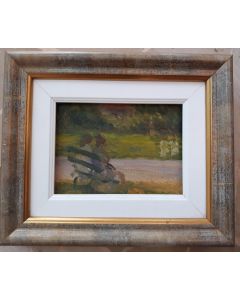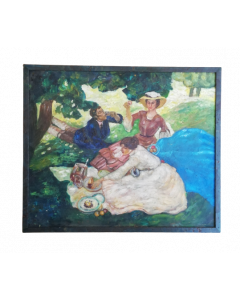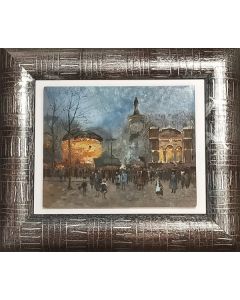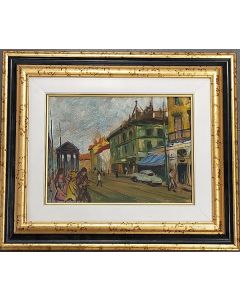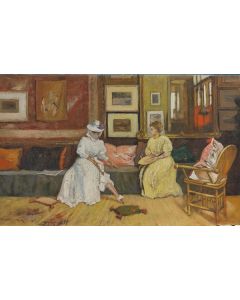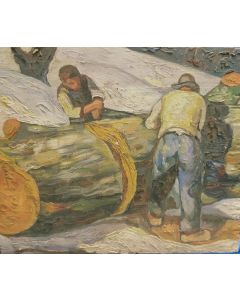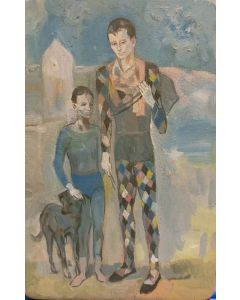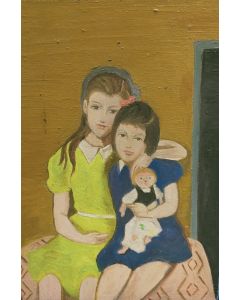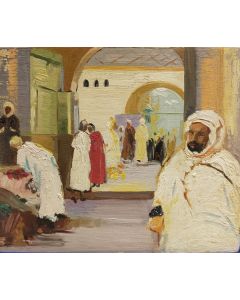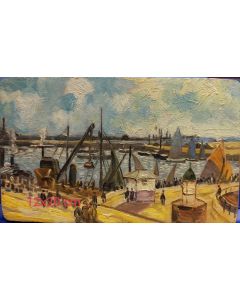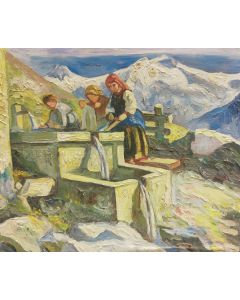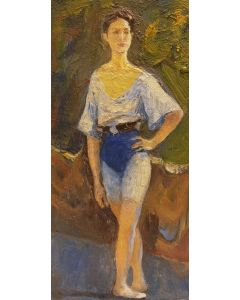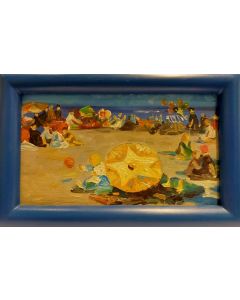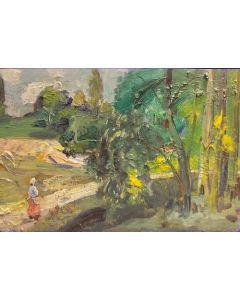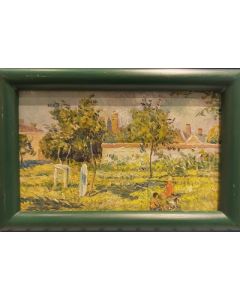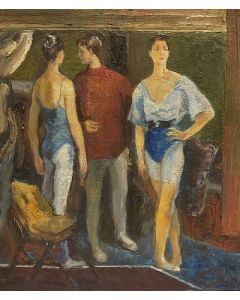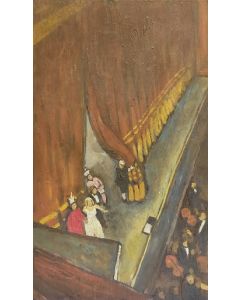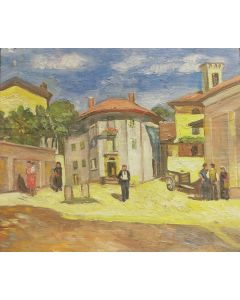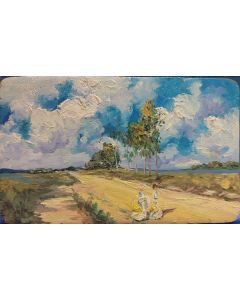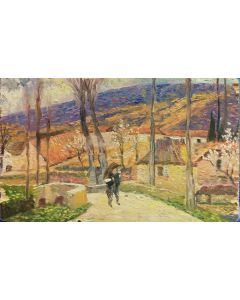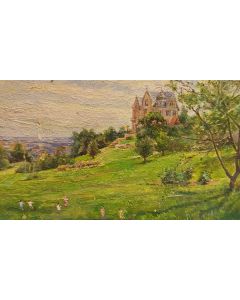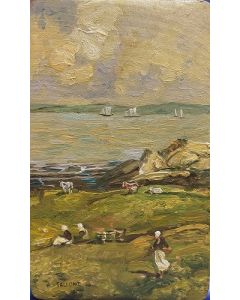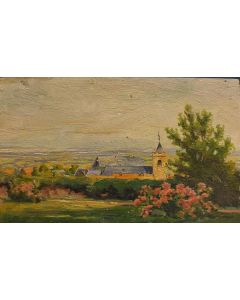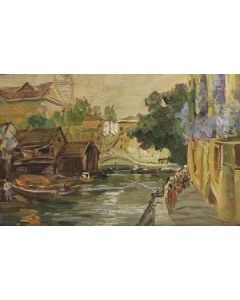Impressionism
The Impressionism is an art movement born in France during the second half of 19th century: the first official art exhibition was organized in 1874, at the studio of the photographer Nadar.Here there were exposed artworks by Monet, Renoir, Sisley, Degas, Cézanne, Pissarro, Morisot.
This movement had very recognizable features: lines and drawings are completely abolished and figures are made through the combination of fast brushes of colors. We want to discuss in detail two important characteristics of the movement: en plein air painting and the representation of urban scenes. To paint en plein air means painting a natural scene (for example Nymphs by Monet) on site, to catch all the single shades at a precise moment, thanks to the sunlight.
The second - one of the most important point about impressionist's art - represents the city, according a new point of view. During industrial revolution, cities were painted like dark places, full of pollution, full of perdition and exploitation, instead impressionists celebrated the bon vivant part of the city life. The scenes most painted are, for example, elegant women sit down outside sipping tea, gentlemen at lunch and scene of happy every-day life.

